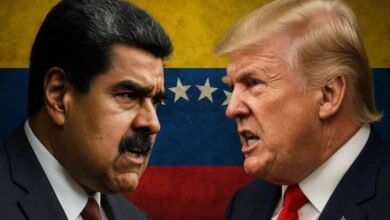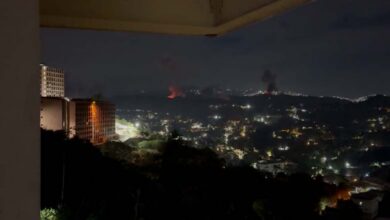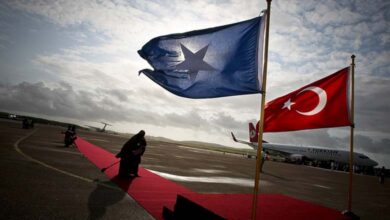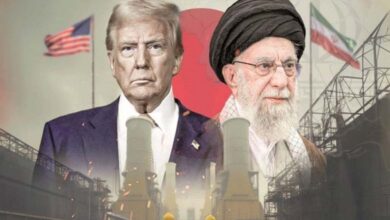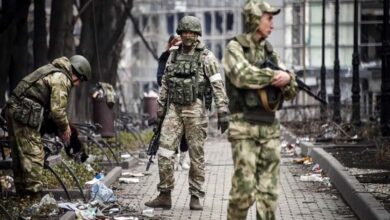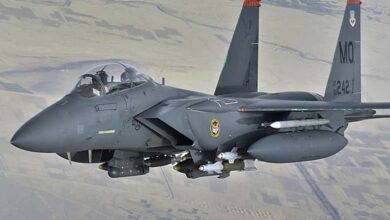69 years since the dissolution of the Brotherhood: A march of terror and blood for the terrorist group
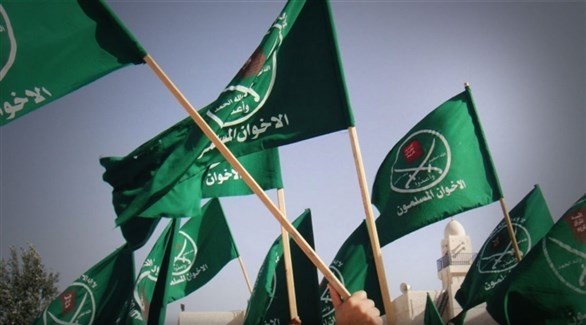
Today commemorates the decision of the second solution of the Muslim Brotherhood by the late President Gamal Abdel Nasser. A march filled with destruction, devastation, and bias towards its interests, since the founding of this terrorist group, carrying the destructive project in Egypt and the countries of the region.
69 years on the second one
The relationship between Nasser and the Muslim Brotherhood terrorist group began in the run-up to the July 23 Revolution, but it saw a shift during a short period of a violent clash, in which Gamal Abdel Nasser decided to support his people. The love ended with Gamal Abdel Nasser becoming a “leader” who was able to achieve his hostility towards the Brotherhood and his bias towards the people, and with the emergence of hostility towards the Brotherhood, which possessed the hearts and minds of Egyptians and the Arab nation.
The Revolutionary Command Council decided to disband the Muslim Brotherhood, as the Brotherhood was a political party at the time. The Revolutionary Command Council’s order to dissolve political parties applies to the Brotherhood after the Manshiya incident, in which the Brotherhood terrorist group tried to assassinate Nasser.
The decision was published by the Revolutionary Command Council on 14 January 1954, and read as follows: “The Revolutionary Command Council has decided to dissolve the Muslim Brotherhood, considers the Muslim Brotherhood a political party, and the Revolutionary Command Council’s order to dissolve political parties applies to it.”
History of terrorism
Dr. Ibrahim Rabie, the former leader of the Muslim Brotherhood, says that the entire history of the terrorist Brotherhood is filled with destruction, devastation, incitement and betrayal of the homeland. The anniversary of the solution today confirms that the group’s history is known for decades, all of these years as treason and incitement against states, in addition to it being the history of a terrorist seeking to carry out plans for its interests and the interests of foreign countries that support it.
The former Muslim Brotherhood leader added: The Brotherhood has chosen since the early 1950s the path of the clash, and full separation, indicating that it sought to be the guardian of the government and semi-individualist. This was clear from its conditions and demands from President Abdel Nasser with regard to the level of its representation in the government and its insistence on assuming certain ministries. He pointed out that since this date the terrorist group has followed the same approach and followed the same scenarios, which included alliances and cooperation with foreign and western intelligence services to undermine the national government and obtain funds to carry out these plans.


